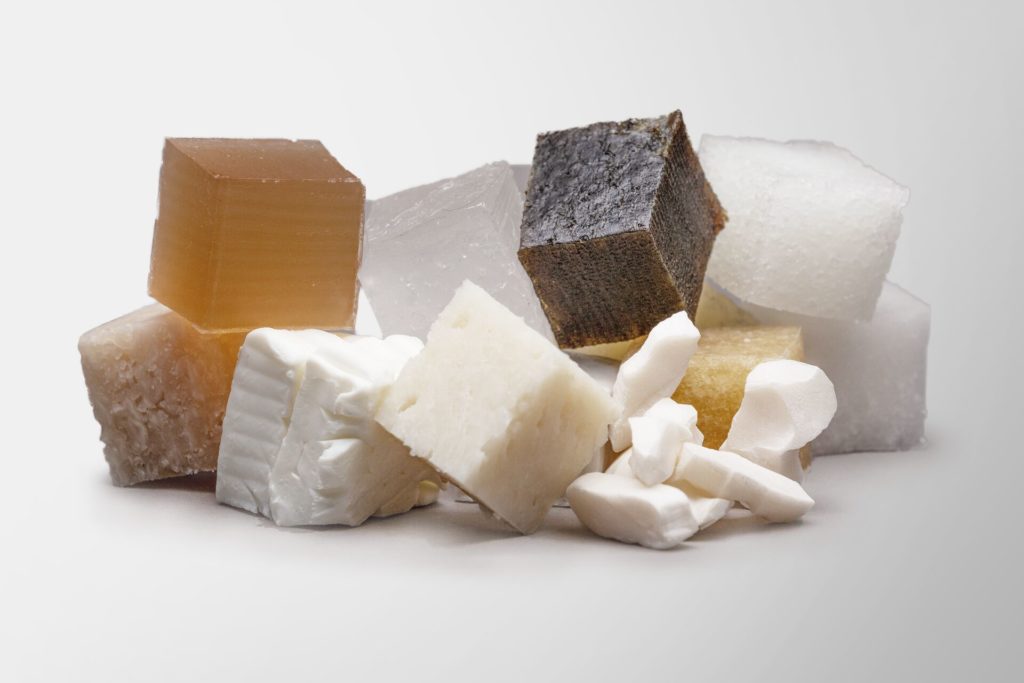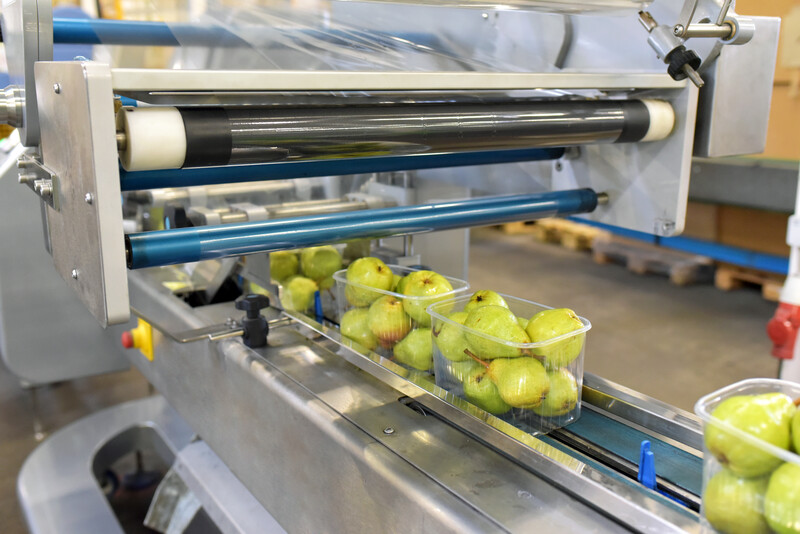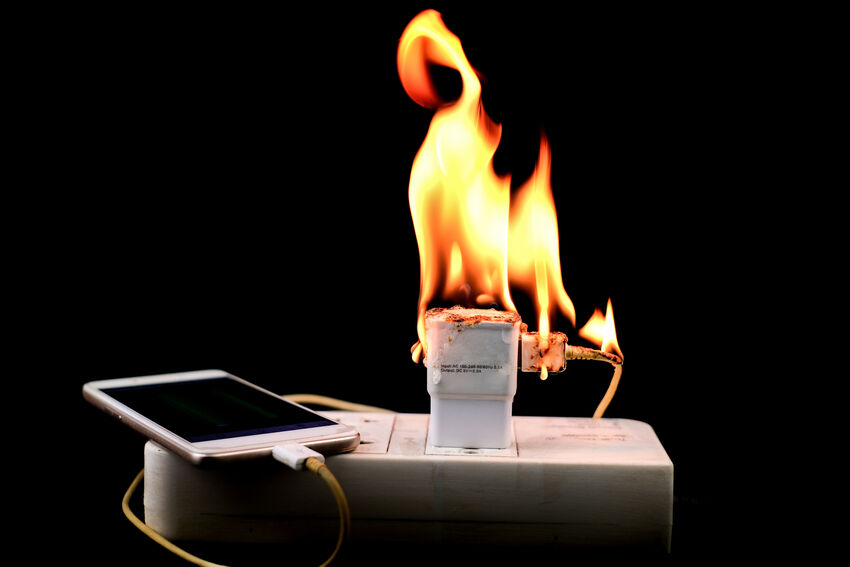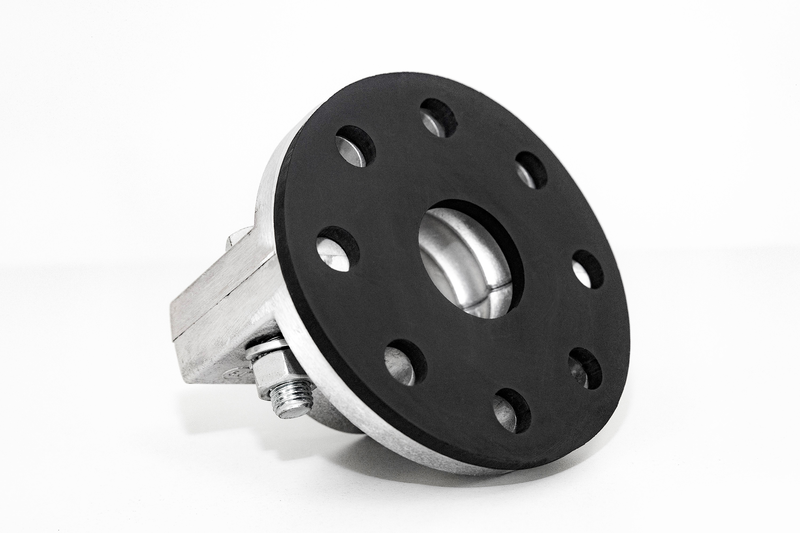Perfectly matched to the application

Quick facts molded rubber parts
Application
Damping, sealing, insulating, protecting, etc.
Materials
NR, SBR, IR, BR, NBR, EPDM, CR, ECO, ACM, Silicone
Hardness
20 ± 5 Shore A to 90 ± 5 Shore A
Manufacture
CM, TM, IM
Quantity
Dimensions
Colors
Standard black or customized
| Application | Damping, sealing, insulating, protecting, etc. |
| Materials | NR, SBR, IR, BR, NBR, EPDM, CR, ECO, ACM, Silicone |
| Hardness | 20 ± 5 Shore A to 90 ± 5 Shore A |
| Manufacture | CM, TM, IM |
| Quantity | on request |
| Dimensions | on request |
| Colors | Standard black or customized |
Request a free sample now
Further details in the catalog
Request a free sample now
Molded rubber parts play a crucial role in a wide range of industries by performing essential functions such as damping, sealing, insulation and protection. Their flexibility and adaptability open up almost unlimited possibilities – from rubber buffers and seals to specialized applications in mechanical and plant engineering, the electrical and automotive industries, energy technology and agricultural and environmental technology.
By working closely with our customers, we do not develop standardized products, but individually adapted solutions that are designed to meet specific requirements. This collaborative approach to product development guarantees that each part is perfectly matched to its function and operating conditions.
Our moulded rubber parts are characterized by their elasticity, compressive strength, abrasion resistance and mechanical and chemical resilience. The choice of material and manufacturing process is carefully selected based on the specific application conditions and desired functions. With a wide range of manufacturing processes, we can react flexibly to the needs of our customers, regardless of whether it is individual production, series production or mass production. Thanks to our various possibilities within the JÄGER Group and our strategic partners, we are able to fulfill this variety of production requirements efficiently and precisely.
Each production process has specific characteristics and must therefore be precisely tailored to the order to be produced and the associated purchase quantities. We are able to handle both individual and series production as well as mass production within the JÄGER Group or via our strategic partners.

Blog
Rubber production is an energy-intensive process. Therefore, you should already proceed intelligently and methodically with the material selection.

Blog
Whether metal or plastic – particularly strict requirements apply to materials in the food sector. Find out more on the Jäger blog!

Blog
Fire protection is an important topic in the plastics and rubber sector. In particular, companies should be familiar with the two standards UL94 and DIN EN45545.

Blog
In sealing technology, it is essential to know the practical framework conditions- from application temperature to legal requirements.
Jäger Gummi und Kunststoff GmbH
Lohweg 1
30559 Hannover
Tel. +49 511 – 53580
Fax +49 511 – 553394
info@jaeger-gk.de
Management:
Dr.-Ing. Andreas Jäger und
Julius Jäger
Hanover Register Court HRB 59798
DE 813 314 161